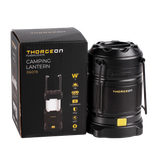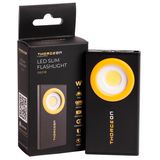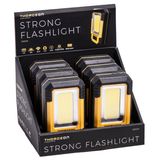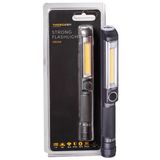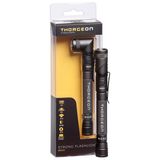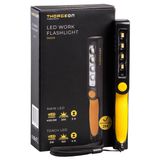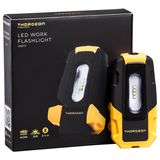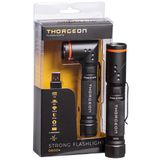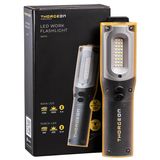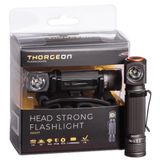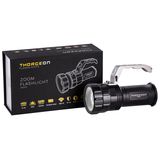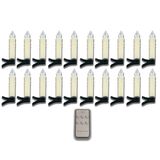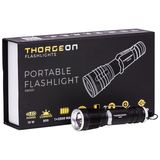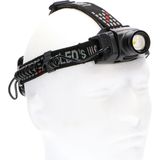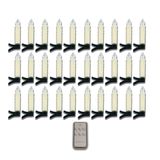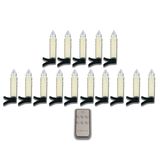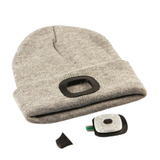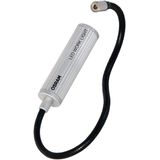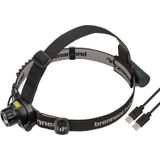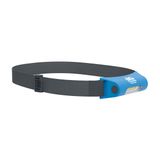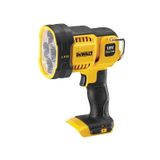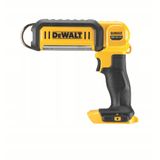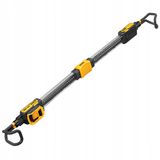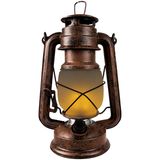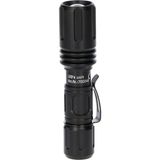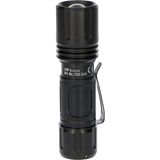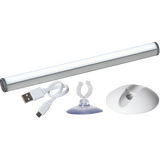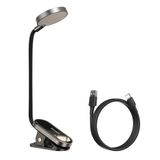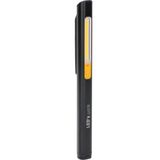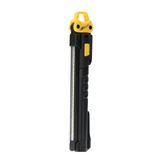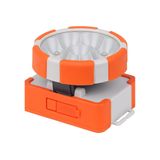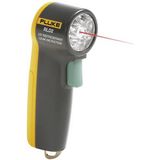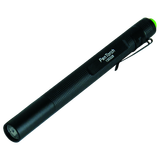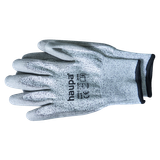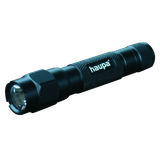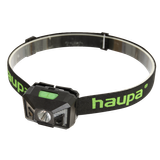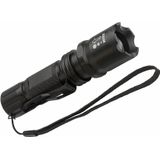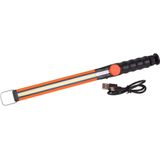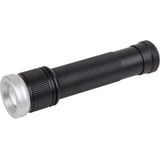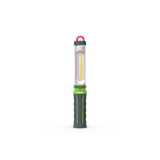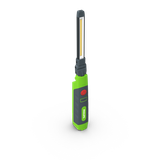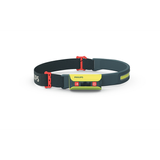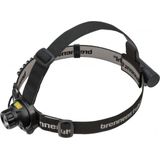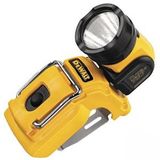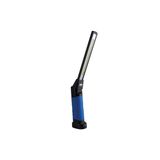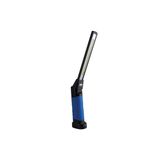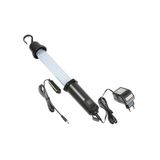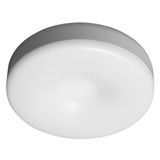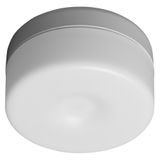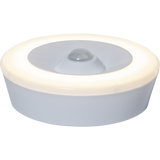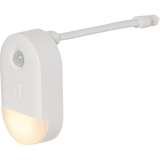Flashlight
What is a flashlight?
A flashlight is a small, mobile light source for individual use. In the modern sense, a flashlight is an electric flashlight.
An electric flashlight is a compact device that fits easily in the hand. This lighting device is generally intended for domestic use. Some flashlights are equipped with a special cord, enabling them to be attached to the hand, hung anywhere, or even clipped to the belt like a keyring.
Definition and purpose
A pocket torch is often used for the following purposes:
- For safety at night.
- When traveling or sightseeing. In a tent, when parking, looking for directions, etc. will often require additional lighting when there is no main light.
- In daily use, looking for objects.
In an emergency, it's an indispensable companion, especially if you don't have natural, main lighting.
History and evolution of lanterns
The device that gave modern flashlights their name, shape and characteristics was invented and patented in the USA at the very end of the 19th century. The object took the form of a cardboard tube fitted with a bulb, a shiny iron reflector and a lens. This pocket flashlight was powered by three cylindrical batteries. To switch on the light, a metal ring inside the device was pressed against another. At the beginning of the 20th century, electrical appliances began to look more like our modern ones, especially after the invention of the dry cell and the mass production of this type of device.
Today's devices emit over 1,100 lumens, equivalent to the power of an average spotlight. The latest invention is the LED flashlight.
Types of flashlight
There are several types of portable lighting devices.
LED flashlights
The LED flashlight is quite efficient. It is shock-resistant because it has no fragile bulb. They feature several luminous flux modes up to 18,000 lm, and colors of varying brightness. Their durability is superior to that of incandescent lamps: 50 hours and a color temperature of up to 4,000 K. Light is emitted by ultra-bright 5 mm LEDs with 30 W output.
Battery-powered flashlights
Battery-powered flashlights are the most classic type, powered by replaceable batteries and galvanized cells. They can be used outdoors, the batteries are easy to replace and their cost is low. Rechargeable battery models use rechargeable batteries.
Multifunctional lamps
Multifunction lamps are used for the following purposes:
- Tactical: used in extreme and military situations. They feature enhanced waterproofing and a strobe mode.
- Headlamps are designed to be attached to the head, helmet or other headgear. They are used by travelers, repairmen, athletes, etc.
Mini flashlights are often attached to key rings. Batteries are miniature cells.
This French wholesaler offers all kinds of the most popular flashlights, varying in luminous flux and power, including the following models:
- LED Flashlight 4x2W 200Lm IP20 THORGEON ;
- DURACELL 8746 Plastic flashlight 80lm incl. 2xAAA BL1 ;
- DURACELL 8319 Aluminium flashlight 150lm incl. 2xAAA BL1 ;
- Flashlight LED WORK 10W + 3W IP54 with magnet THORGEON ;
- Flashlight LED WORK 5W + 3W IP54 with magnet THORGEON.
We recommend using the interactive search system on the dealer portal.
How to choose a flashlight?
When choosing a flashlight, you need to consider its purpose.
Consideration of use (hiking, domestic use, professional tasks)
For touring use, a classic flashlight with no special options will do. Other uses include
- the safety lamp combines its lighting properties with those of a police baton;
- the military-style tactical lamp;
- the long-life emergency lamp;
- the waterproof lamp for underwater use;
- miner's lamp, for underground work;
- the railwayman's lamp: delivers pulses of light in red, yellow and green.
- the electrodynamic lamp has a built-in dynamo.
Design and material features
Portable devices are small in size. The body of the lamp is generally made of impact-resistant aluminum or plastic, as well as environmentally-friendly materials. Lighting is provided by LEDs. Halogen lamps are rarely used, as they are fragile when subjected to excessive vibration.
Brightness and lighting modes
Light output generally ranges from 11 to 18,000 lumens. There are also several lighting modes for added convenience or to save battery power.
Advantages of modern flashlights
Modern portable lighting offers many advantages over its predecessors.
Energy efficiency
A small LED flashlight produces a light beam of up to 18,000 lm with very low energy consumption.
Durability and reliability
With proper care, a flashlight can last up to 30,000 hours. Periodic battery replacement ensures high reliability.
Waterproof and shockproof properties
Even an ordinary pocket light is designed to be shock-resistant. Compactness and lightness are the watchwords of a good flashlight. Waterproof models are often special-purpose or high-end flashlights.














